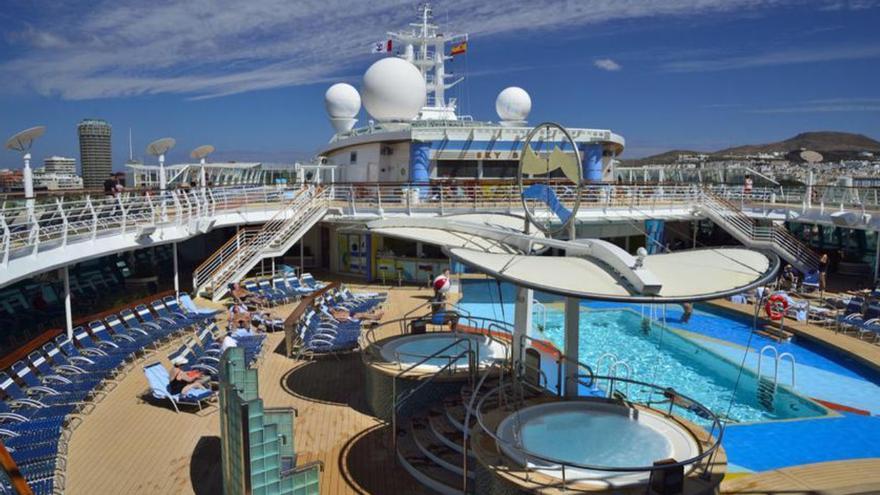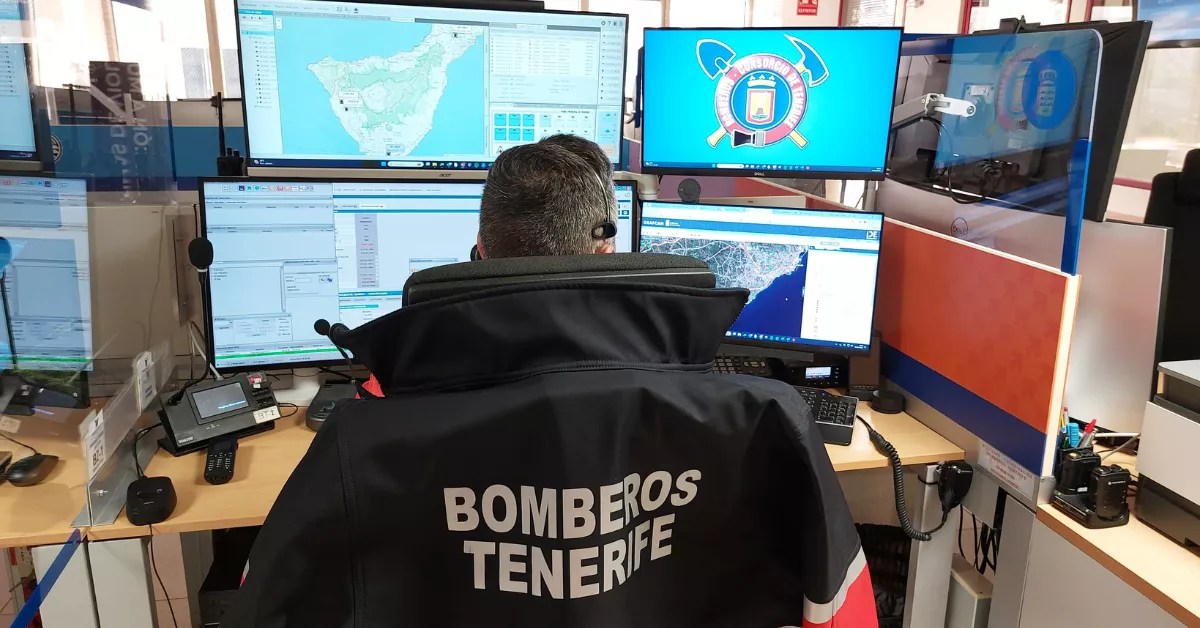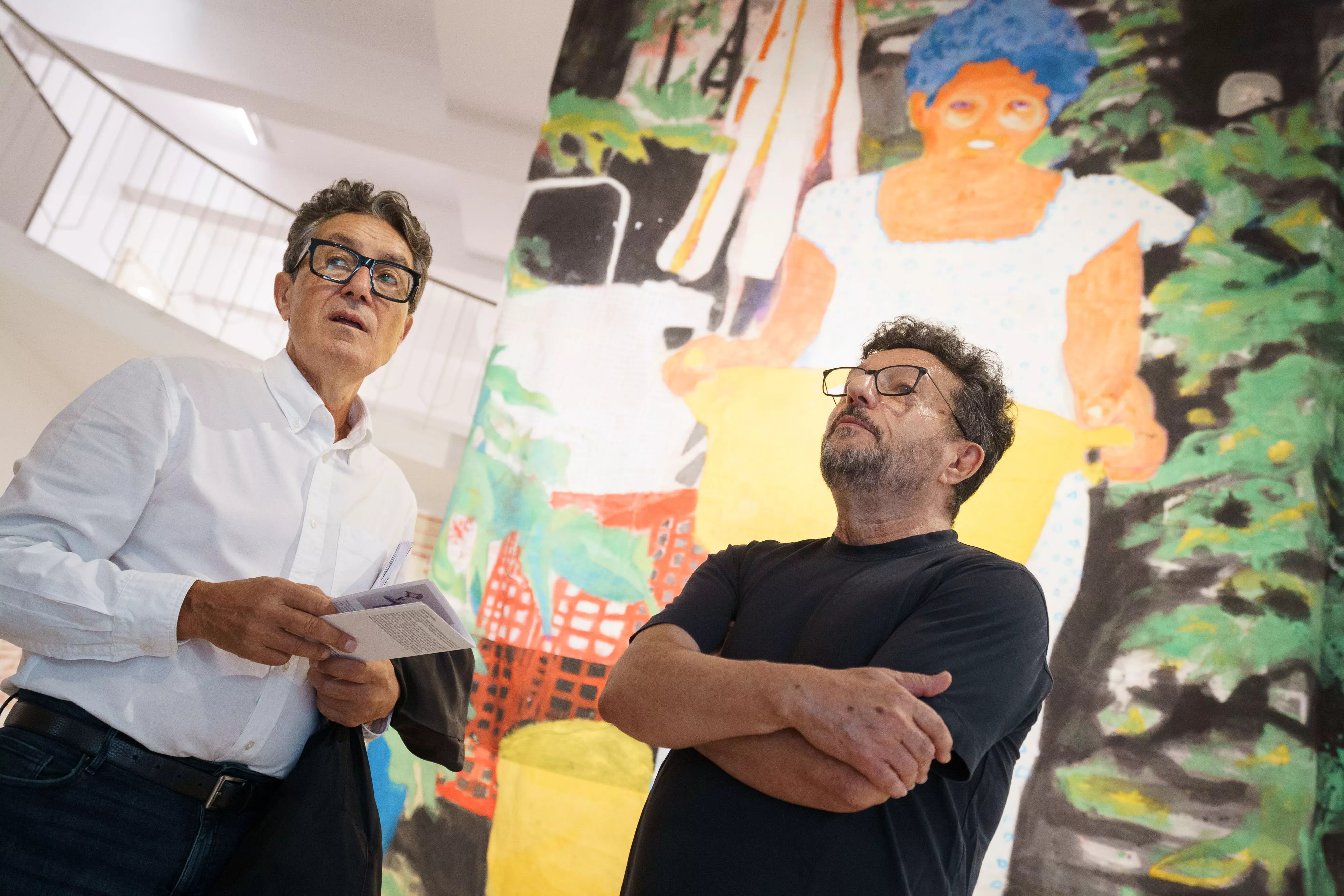
The MSC Cruises group is set to deliver weekly voyages across the Canary Islands and Funchal (Portugal), with embarkations and disembarkations in Las Palmas de Gran Canaria and Santa Cruz de Tenerife, as announced on Tuesday by their commercial director in Spain, Pedro Pacheco.
Featuring the ‘MSC Opera’ ship with a capacity of nearly 2,000 passengers and 800 crew members, the company is making a comeback to the Canary Islands route after a decade, aiming to broaden their cruise market by covering almost all the islands, excluding only La Gomera and El Hierro, covering the entire archipelago as mentioned by Pacheco.
Tailored for passengers from Europe and Spain, as well as the Canary Islands residents, this cruise offers a comprehensive exploration of the archipelago, with six stops at its ports and boarding/disembarkation at the two capitals stated Pacheco in a virtual press conference.
This seven-night cruise trip comes at a bargain price of under 100 euros per person per night (inclusive of full board and entertainment)on the ‘MSC Ópera’, a vessel constructed in 2004 and refurbished in 2016, with 20 scheduled departures culminating in early April.
Pacheco highlighted that the airports of Gran Canaria and Tenerife will provide connections to numerous cities in the mainland Europe, offering advantages to both Canarian and mainland cruisers by potentially subsidizing a portion of the airfare.
It is anticipated that weekly, approximately 3,000 individuals will traverse through the capital islands, comprising of cruise passengers and crew, triggering a substantial economic impact that will also spill over to Lanzarote, Fuerteventura, and La Palma due to the planned stopovers.
MSC Cruises’ proposed itinerary rounds off its winter schedule with beaches and nature that are unparalleled in Europe, emphasized Pacheco, who also hinted at trips being intertwined with sporting events.
Furthermore, it was announced that Gran Canaria will be included as an embarkation port, bringing the tally to eight, which includes Tenerife, the Spanish ports utilised by the group, the “pioneering cruise company” boasting top-notch port infrastructure.
Pacheco elucidated that collaborations with the port authorities of Las Palmas and Santa Cruz de Tenerife have facilitated the project, in addition to leveraging airport infrastructure and air frequencies to ferry passengers from the mainland and the rest of Europe.
The president of the Port Authority of Las Palmas, Beatriz Calzada, expressed delight in the selection of the Port of La Luz as an embarkation and disembarkation hub, along with the planned stops at the other two ports in the province, signifying MSC’s commitment to the provided facilities, where the shipping company is also a leader in container traffic.
Calzada stressed that choosing a route in the Atlantic area would allow the islands to be witnessed by cruise ship traffic, with MSC ferrying over 80,000 tourists to the archipelago of “quality, which is our primary concern.”
Each transit cruise passenger is estimated to incur a daily expenditure of 80 euros, inclusive of the excursions they undertake; however, the expenses surge during embarkation and disembarkation due to accommodation, almost doubling, based on a study conducted in 2019, which is anticipated to rise further, as mentioned by Pacheco.
About 40 percent of MSC cruise passengers partake in excursions at Spanish ports, with the remainder opting to stay onboard or disembark and organise their own activities.
Pacheco also disclosed that starting from March 23, a “highly enticing” cruise will operate for Canary Island customers from Santa Cruz de Tenerife to Venice.
The shipping company, headquartered in Geneva, Switzerland, envisions having 23 cruise ships by 2025, indicated the commercial director in Spain, mentioning the introduction of the luxury line, Explora, since August 2023, with plans for expansion.
Their roadmap until 2028 involves integrating four more ships, which will be more eco-friendly, slashing CO2 emissions by 25%, incorporating 18,000 cabins, and requiring an investment of 10 billion euros.
















